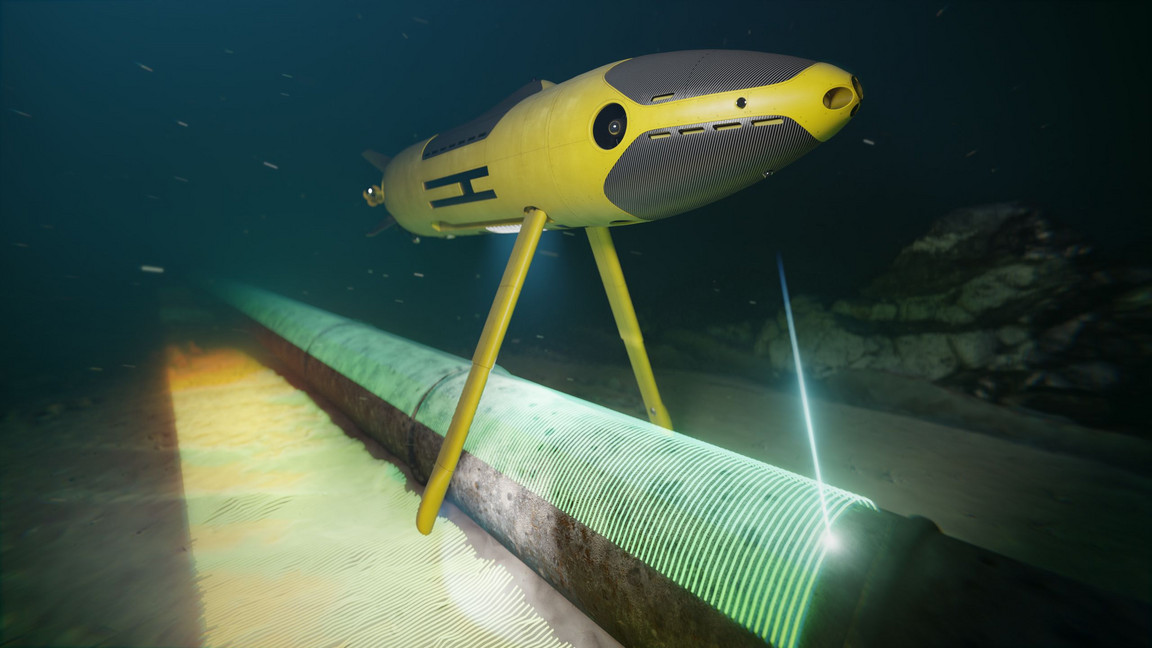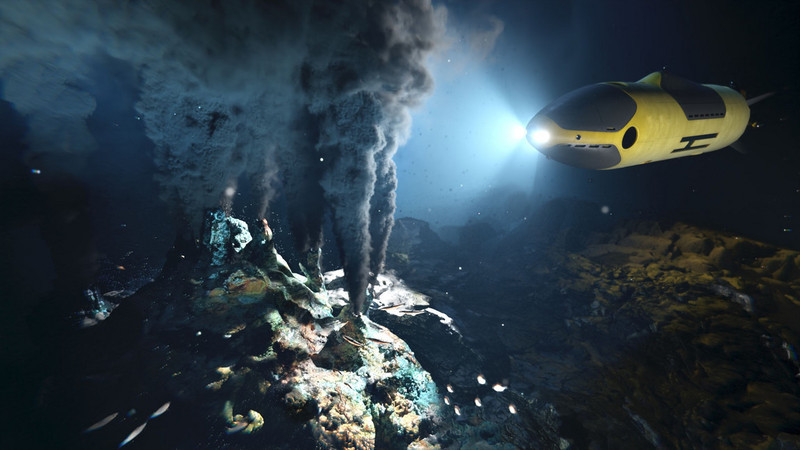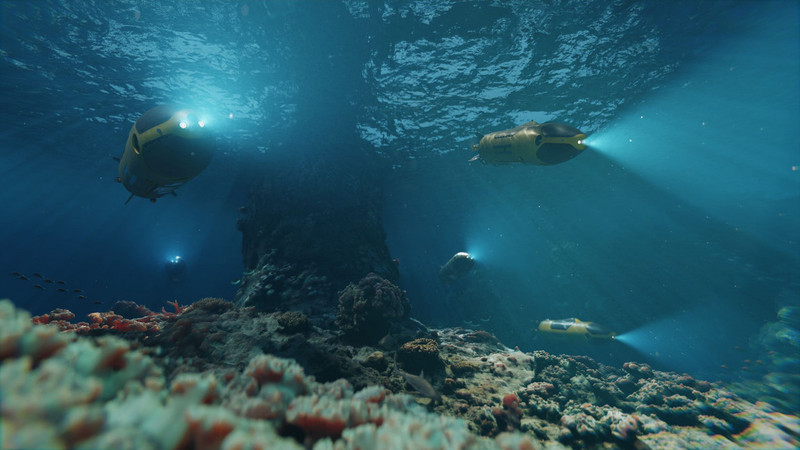
Argus is designed for the wide range of errands supporting an offshore field exploration and development
Rubin Design Bureau says it has unveiled its new conceptual design at the defence show Army 2023: an autonomous underwater vehicle (AUV) Argus.
Argus is designed for the wide range of errands supporting an offshore field exploration and development. It can explore subsea natural resources, collect data on the bottom structure and state of water environment. By using information supplied by Argus offshore project team can quickly and accurately locate an area suitable for laying a pipeline. After laying of the pipeline is completed, Argus monitors health of the seabed equipment: detects oil/gas leak, locates the insulation damage and identifies free span of the subsea pipeline or a pipe shift from original position. Argus guards underwater infrastructure detecting an alien object near the pipeline, identifying it as a hazardous one and reporting that to a mother ship.
Argus can also be used during salvage operations: the vehicle will search lost objects, including silted and covered with ground ones.
AUV can operate within a group of similar-type vehicles coordinating their actions. The group engages up to five vehicles, significantly decreasing duration and cost of mission (e.g., surveying operation or mapping a large seabed area).
The vehicle weighs 3.2 tons, its length is 5.6 m and hull dia is 1 m. A lithium-ion battery powers the AUV. Detachable sections support multi-tasking of the vehicle. When submerged, Argus maintains coded communication with surface mother ship, other deployed AUVs and seabed communication nodes. When surfaced, it uses VHF communication, satellite communication, Wi-Fi system.
Diving depth of Argus is up to 6 000 m. Following a Customer's request, Argus may also be designed for the diving depth of 1 000 m or 3 000 m. At cruising speed (up to 3 knots) Argus works autonomously up to 24 hours. If required, it makes full underwater speed up to 8 knots.
A customised launch and recovery system (LARS) allows Argus's operations up to sea state 4. The vehicle can deploy different sensors, including seismic detectors, and sampling devices to the specified area.
Rubin intends to develop an underwater docking station seeing AUV Argus used jointly with a seabed berthing facility. The docking station will provide for AUV communication with the control centre ashore or located at an offshore platform. It will also charge AUV's batteries. In such a system, Argus will take on the role of a "resident" underwater vehicle capable to stay submerged for half a year and, in future, even longer.
Argus can be deployed for other purposes, following a Customer's wish, a demanded payload will be granted.
Photos from the website of Rubin Design Bureau





